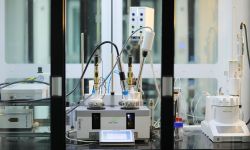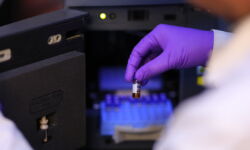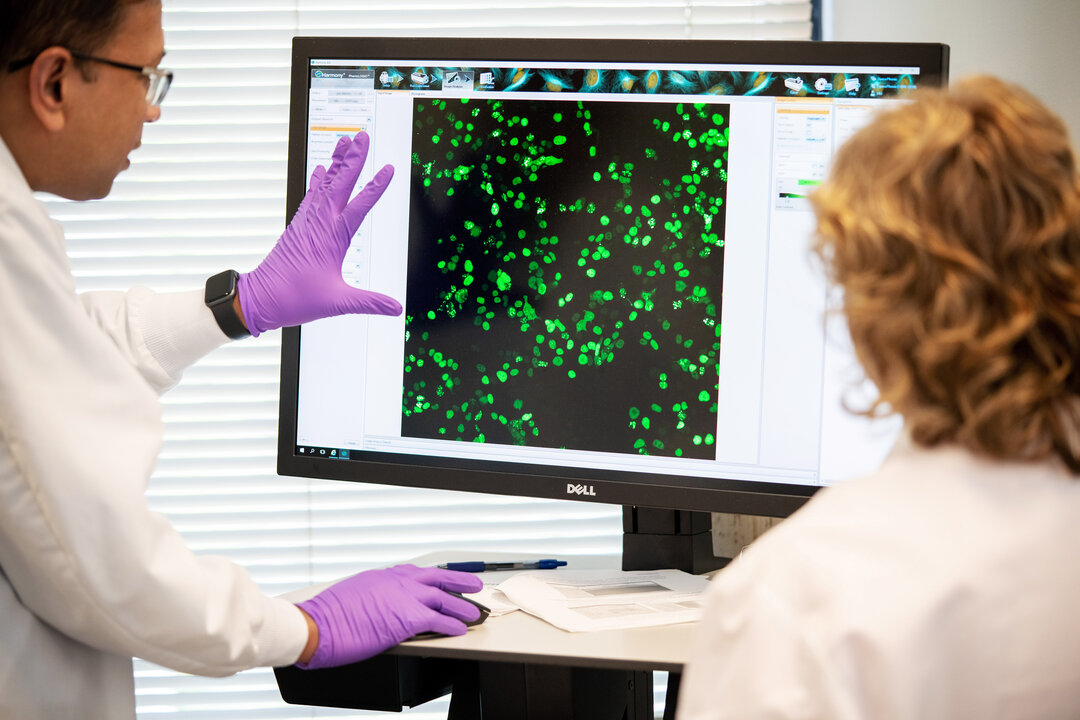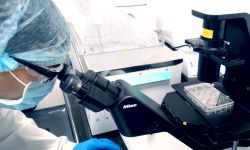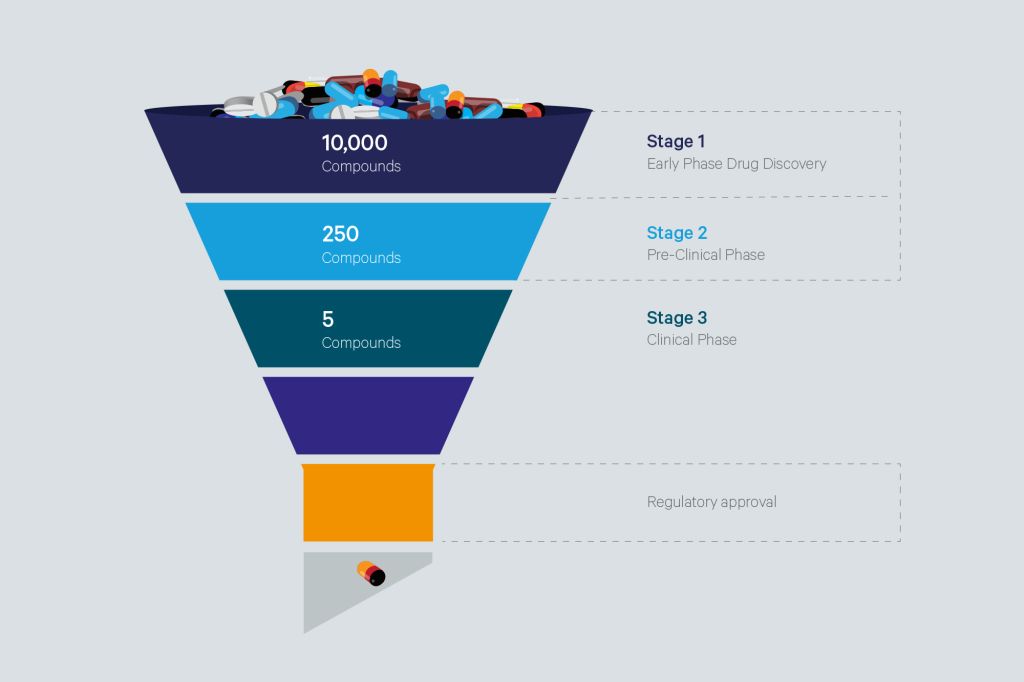Embracing electrophysiology to revolutionize drug discovery: utility beyond safety pharmacology
When MS Dhoni in his inimitable style flicks one over the ropes, our hearts collectively skip a beat. The answer of this phenomenon, that is being experienced by millions of cricket enthusiast this IPL season, lies in electrophysiology, the study of electrical properties of cells and tissues.
In drug discovery process, electrophysiology has the potential to revolutionize both lead-exploration and lead-optimization steps by providing a more accurate and efficient way to assess drug effects on ion channels and receptors. This can improve our understanding of drug interactions with these targets, which play a crucial role in regulating numerous physiological processes.
One promising application of electrophysiology in drug-discovery pipeline is the use of patch-clamp technology to study drug effects on ion channels. This technique allows researchers to measure the flow of ions through individual channels in cells, providing detailed information on how drugs interact with these microscopic ionic highways. By studying the effects of drugs on specific ion channels, researchers can gain insight into how drugs affect the excitability of cells and the regulation of various physiological processes. For example, electrophysiology techniques are routinely used to study the effects of drugs on cardiac function by functional interrogation of cardiac-expressed voltage-gated ion channels. The criticality of this functional screening lies in identifying potential cardiac safety issues early in the drug development process; a mandate of safety pharmacology and a prerequisite for FDA approval.
Although electrophysiology readout has been an integral aspect of safety pharmacology screening for the last few decades, its potential to refine and improve other modularity of drug-discovery processes has been overlooked. With advancement in miniaturization and automation, electrophysiology is slowly and steadily achieving the industrial benchmark of throughput and user-friendliness. We at Sai Life Sciences, want to leverage these advancements made in the field of electrophysiology and inoculate credible ideas for widespread adoption of this technique in the drug-discovery space.
For instance, another important application of electrophysiology could be the use of microelectrode arrays (MEA) to study drug effects on neural networks. MEA allow researchers to record the electrical activity of multiple neurons in a network, providing a more comprehensive view of how drugs affect neural function and has been effectively used to screen epilepsy-relevant drug candidates. This can be especially useful in studying the effects of drugs on neurological and psychiatric disorders, where dysfunction of neural networks is a key component of the disease.
Similarly, cancer cells often exhibit abnormal ion channel and receptor activity, which can contribute to the growth and spread of the tumour. By using electrophysiology to measure the activity of these proteins, researchers can identify new drug targets and develop more effective drugs to treat cancer. More specifically, single-cell electrophysiology using tissue samples derived from patient-specific cancer biopsies or biopsies in general, should be encouraged to fully reconcile the symbiosis between preclinical investigations and personalized precision medicine.
We also envision a radical shift in validating the cell lines and organoids that are extensively used to proximate the in vivo condition. We would like to carefully curate the intrinsic electrophysiological properties of different cell types obtained from different organs from various animal models including humans. We will then superimpose these properties to in vitro cell lines to screen the cells that nearly matches the in vivo system. This will add another critical layer of evidence to the existing debate on the utility of in vitro assays as a rightful proxy of in vivo systems, thereby accelerating its translational outcomes.
Furthermore, drugs can target ion channels externally, imposing temporally acute effects or could act internally, modulating secondary messengers for long-term, maladaptive functional changes. With access and control of both external macro-environment and internal micro-environment of cells, patch-clamp probes are in goldilocks zone to sense and relay the dichotomy in drug’s mechanism-of-action, yielding superior safety benchmark.
Overall, embracing and strategically deploying electrophysiology beyond its current conventional boundaries of safety pharmacology, has the potential to further improve our understanding of drug effects on ion channels, receptors, and neural networks, which play a crucial role in regulating numerous physiological processes. By combining electrophysiology with other advanced technologies, such as high-throughput screening, organoids/organ-on-a-chip, machine learning-based event detection, and iPSCs, researchers can greatly accelerate the drug discovery process and improve the chances of developing effective therapies for a wide range of diseases.
